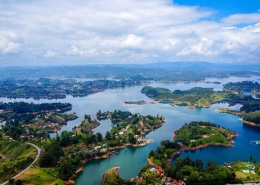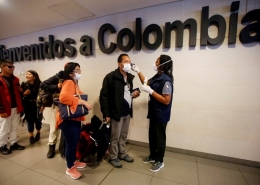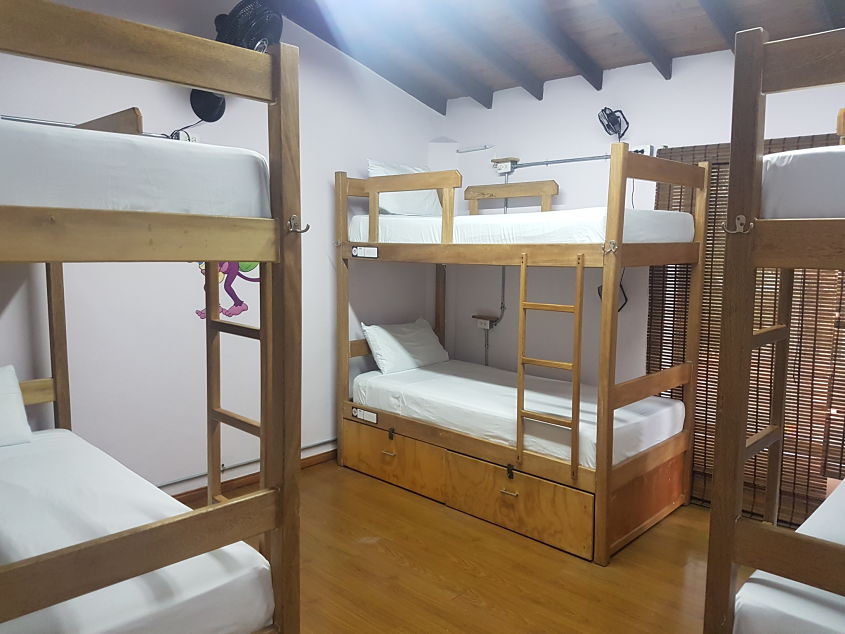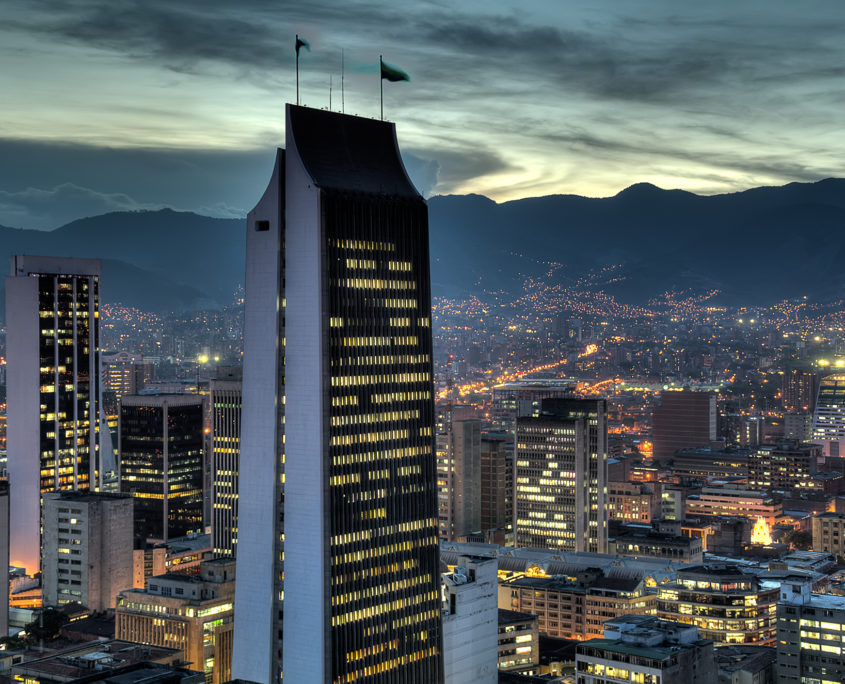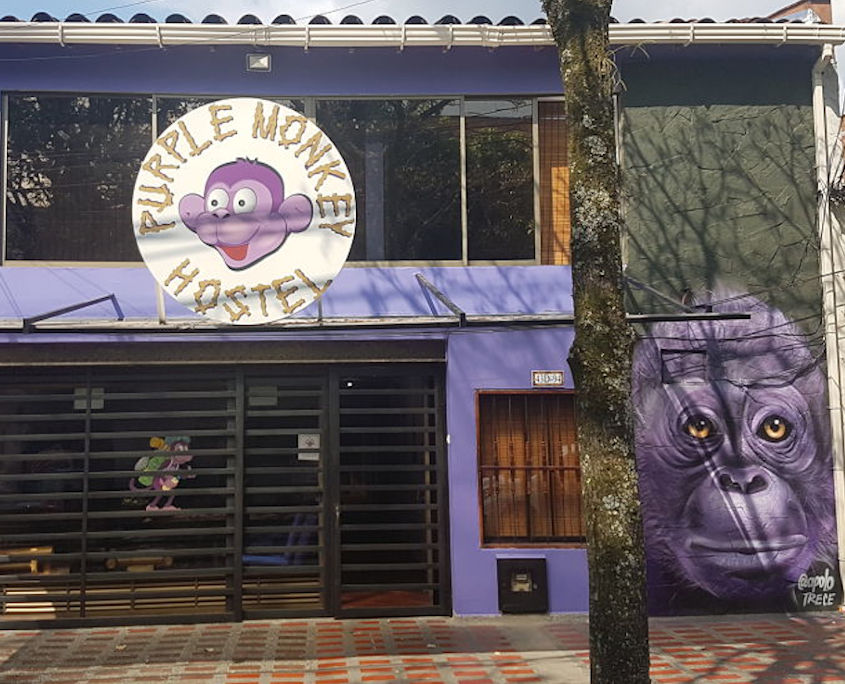In Search of Colombia’s Hidden Gems
In spite of being a relatively new country to appear on the backpacker scene, a certified “Gringo Trail” has soon become established in Colombia. Comparatively Cartagena, Santa Marta, Bogota, Medellin and Salento are now saturated with backpackers. Staying on this well tread route undoubtedly limits your opportunity to see Colombia’s hidden gems that have not yet reached the main stream.
Colombia is a stunning country emphatically full of natural wonder. With landscapes ranging from snow-capped volcanos to arid desert. The following places specifically are seldom visited by backpackers. It can’t be long until they start to get the attention they deserve however.
Caño Cristales
In terms of natural beauty, Caño Cristales cannot be beaten anywhere in the world. This hidden gem is famous for its 5 coloured river, which gets its name specifically through the different varieties of coloured weed that live on the riverbed. At various points it appears yellow, green, blue and red. The river runs altogether for around 100km (62 miles). Along the route multi coloured waterfalls and calm rainbow pools shine. July-December are especially the best times to visit this unique paradise when the colours of the rivers are their most vibrant.
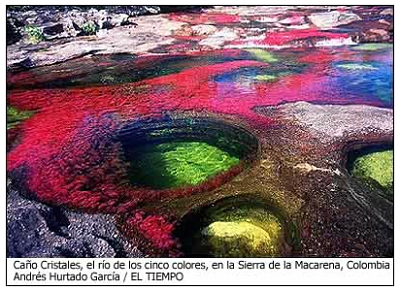
How to get there: Being a remote river, the reason that it has limited tourism is the lack of accessibility to the area. Inaccessible over land, it can only be reached via flights from Bogota (3 per week) or Villavicencio (flights daily).
Tatacoa Desert
Criss-crossed by dry canyons and gullies, the Tatacoa desert is an arid region of sandstone rock formations. For this reason it is quickly gaining in popularity with hikers. Once home to a tropical rainforest, the changing climate forced the native flora and fauna to adapt to its surroundings. This has created an ecosystem unlike any other in the country. Cacti cling to the orange surface where millions of years of winds have sculpted the stone into the flowing landscapes visible today. Due to the lack of light pollution, the desert is also a popular place for star gazers and so its observatory is well worth a visit.
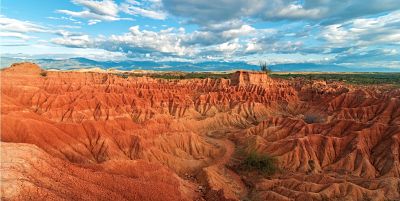
How to get there: Located 45 minutes by bus from the nearest city Neiva, Villavieja is a small town which conveniently serves as the gateway to Tatacoa.
Chicamocha Canyon
This giant canyon encompasses over 440 square kilometres (170 square miles) and has a maximum depth of 2km (1.4 miles). It was originally formed 46 million years ago by the movement of tectonic plates. It was then was further forged by the erosion of the Chicamocha river which cuts through the valley. The canyon is part of the Chicamocha National Park. Therein visitors have the opportunity to paraglide, go white water rafting, fishing or hiking. In addition a cable car system runs 6.3km across the canyon providing spectacular views of the valley. There is also a 360 degree viewing deck at the highest point of the park.
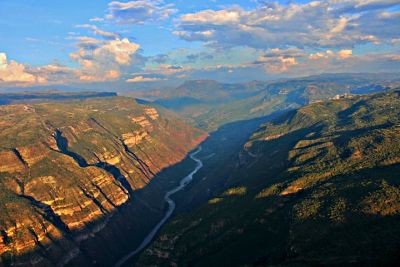
How to get there: Located 54 km from the northern city of Bucaramanga, the buses to San Gil pass by the entrance to the national park after around an hour.
Nevado del Ruiz
The Nevado del Ruiz forms part of the Los Nevados National Park of Colombia. It is the most famous of the active volcanos of this region. A 50m summit glacier emphatically towers at 5,300m above sea level although this has been receding over the last few decades however due to atmospheric change. The national park features different ecosystems ranging from grasslands to forests. Moreover lakes, waterfalls and thermal springs add to its spectacular diversity.
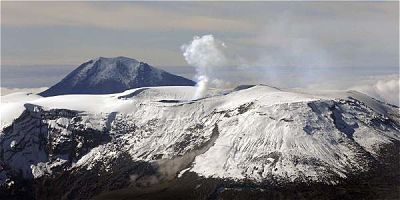
How to get there: Due to the active volcano and the inherent risk of hiking in the wilderness, it is not currently possible to make the journey without the company of a guide. A range of 1-3 day tours are available leaving from Manizales.
Mompox
Known for its well preserved colonial architecture, Santa Cruz de Mompox is a small town located in the north of Colombia. Truly one of Colombia’s hidden gems, it is even recognised by UNESCO as a World Heritage Site. Almost trapped in time, the town was originally founded in 1537 to serve as a port on the Magdalena river. At that time the river was a main artery for shipping goods between the coast and the interior of the country. Mompox is surely unique in that in contrast with other colonial towns it wasn’t built around a central square. Instead developed as running parallel to the river, 3 separate squares with their own church border the water.
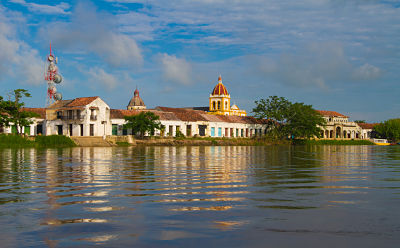
How to get there: Located around 8 hours south-east of Cartagena, there is only one bus a day from the Cartagena Bus Terminal. Private transport is also available from Santa Marta and takes around 5.5 hours.
Jardin
Jardin
With whitewashed colonial architecture and colourful balconies, Jardin is almost unchanged from how it looked centuries ago. The Immaculate Conception Church looks over the cobbled stone streets which line the main square. Nearby gondolas ferry tourists high up above the city to the mountain top viewing platform. Additionally, just outside the town La Cueva de Esplendor (the cave of splendor) unquestionably lives up to its name, offering scenic hiking of the surrounding waterfalls and the cave itself.
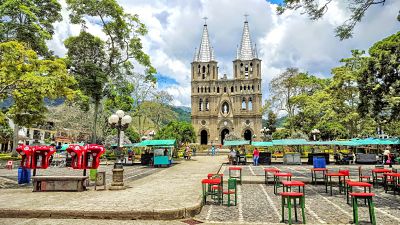
How to get there: Buses leave from Medellin’s southern terminal 6 times a day and take around 4 hours.

